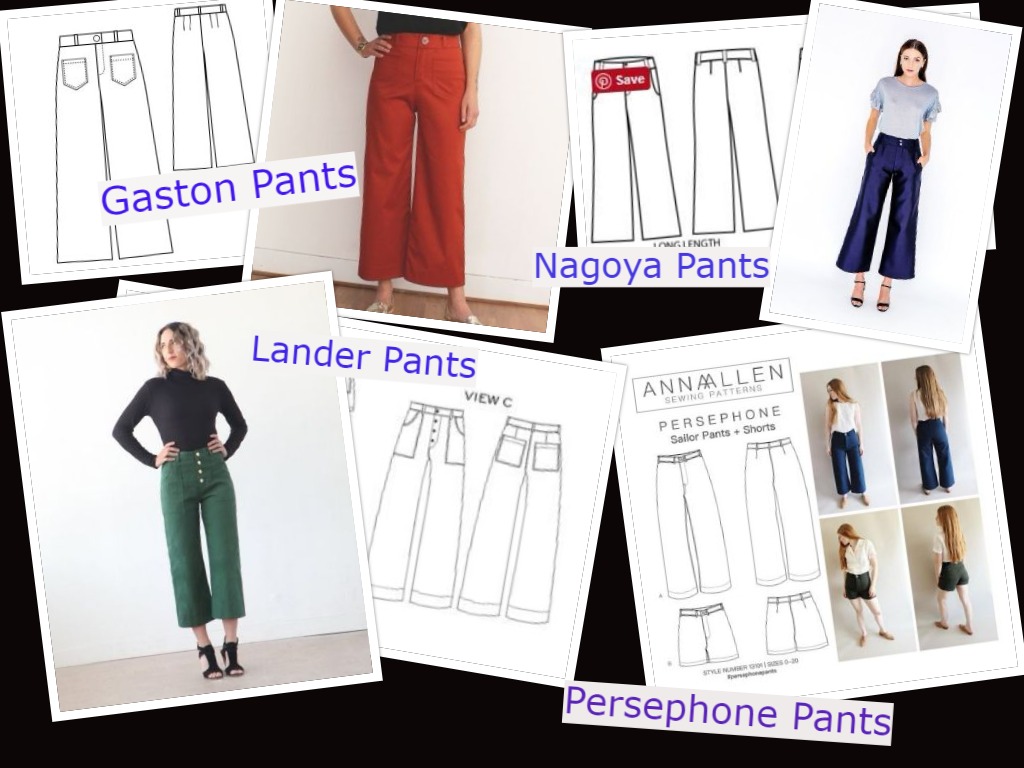There are 2 distinct and separate parts to this, which isn't always clear. Firstly the environmental damage - fabric production to garment manufacture to shipping, to fast fashion and the simple fact that the average garment is now only worn 4 times before it is discarded (to landfill, naturally). Some fabrics are biodegradable, but cause deforestation and excessive water usage to produce, or use damaging chemicals in the manufacturing process, and ultimately nothing biodegrades in landfill anyway because there is no oxygen, light or water, 3 of the factors required for the process to take place. And other stuff is just made of plastic that will be hanging around for the next 1000 years or so.
The second part is around an ethical workforce. This means having full transparency of where every single garment is produced, and the conditions are fair. That means paying a living wage, not using forced overtime, or child labour. It means permitting the unionisation of employees so they can ask for better conditions without being beaten up and/or sacked. When I talk to non-sewing friends and family this is the part they are least acquainted with, or maybe it's the bit they like least to think about. Who wants to think about a 5 year old making their latest £10 polyester dress?
And what seems craziest to me is that this is for fashion! It's not food, or water or roofs over our heads. It's not actually that important. Now, I love fashion and I don't mean to trivialise it's importance as a form of self expression, sense of belonging or art, but £2 t-shirts are none of those things. They are quite simply an item that the majority of people don't need. I am well aware that those on the poverty line have no choice but to buy cheaper items, but then again, I assume they are not wearing things once or twice before throwing them away.
It's such a complex argument. The planet has enough clothes for everyone already, but if we all stopped buying, this would further adversely affect those who live in traditional garment manufacturing countries, as this is now their predominant industry. And yet we can't continue as those countries are generally the worst impacted by climate change, and the individuals making our clothes are still stuck in a forced overtime/no union/underpaid/no health and safety loop.
To that end, I have signed up for #slowfashionseason. Currently around 14,000 people across the world have signed up to not buy any new clothes, shoes or accessories for 3 months. I don't buy many new clothes these days anyway, but I do probably make more than I really need. I'm currently panic sewing 3 new items to take on holiday next week, so case in point. I haven't committed to a fabric buying ban, and I haven't committed to not sew (that way madness lies), but I have committed to only make considered items that I actually need and will wear again and again. Again, I'm not too bad at doing this, but I do still get distracted by the latest shiny pattern or fabric. If I do buy fabric, I will ensure it's as environmentally friendly as possible, so preferably tencel, cupro or organic cotton. I'm leaving this loophole in, as I'm finishing my job at the end of July and am looking for another one. If I am unemployed for a while, my wardrobe requirements will be different, and if I get another job, again, I might need something different to wear (unlikely, but possible).
I want to document my experience, and share any learnings or outcomes along the way. I'm not a natural activist (far too non-confrontational), so I figure sharing my experience might be educational for some. I still don't really know what I want that to look like but in the meantime am sharing occasional outfit posts, highlighting how long I've had items, and how often they have been worn. This is a guesstimate, but I'm aiming for at least 30 wears for everything eventually, and it's already got me thinking about some lesser worn items in my wardrobe. I suppose it's a bit like Me Made May but for RTW as well as handmade garments.
The items I'm making for holiday have been carefully considered and have life beyond the holiday. I also ensured they will go with many other garments in my wardrobe, so while I'm panic sewing, I'm still doing it mindfully. This is the approach I want to take going forward, whether items are bought or handmade. I'm not quite at the capsule wardrobe stage, but for a holiday with limited luggage allowance, it makes sense.
What are your thoughts regarding the sustainability of your buying and sewing/knitting/making habits?
What are your thoughts regarding the sustainability of your buying and sewing/knitting/making habits?




















































